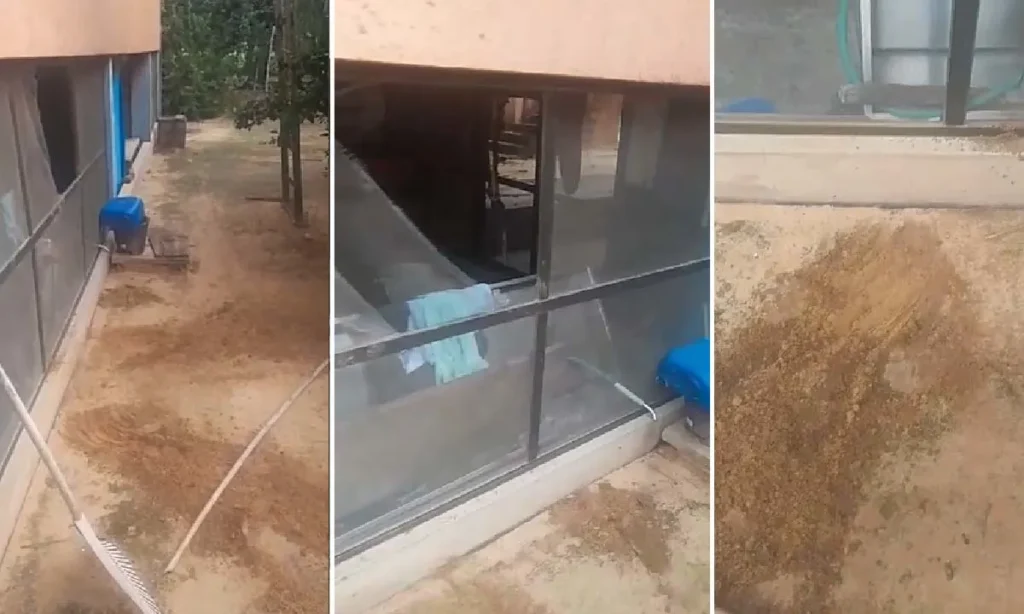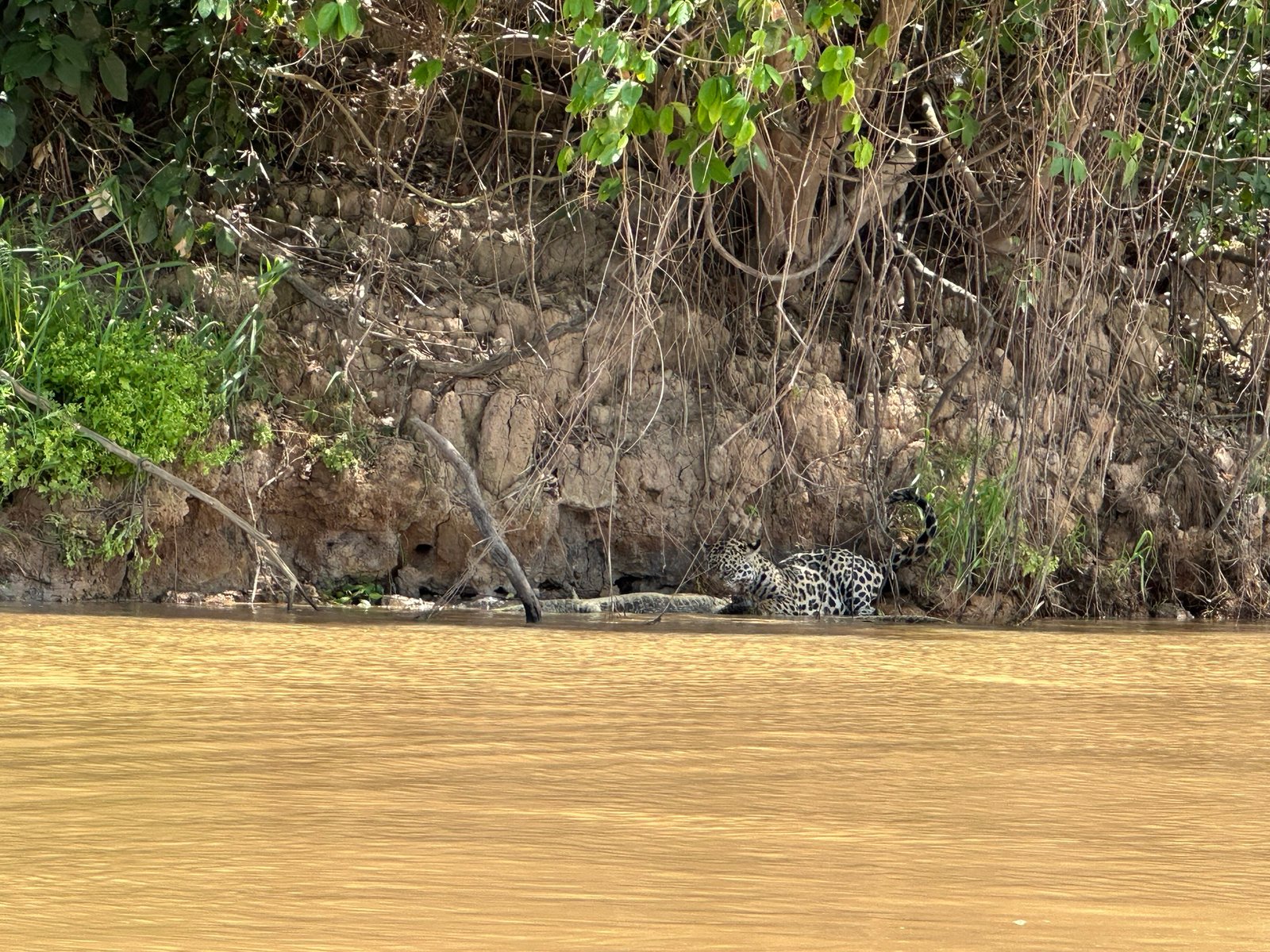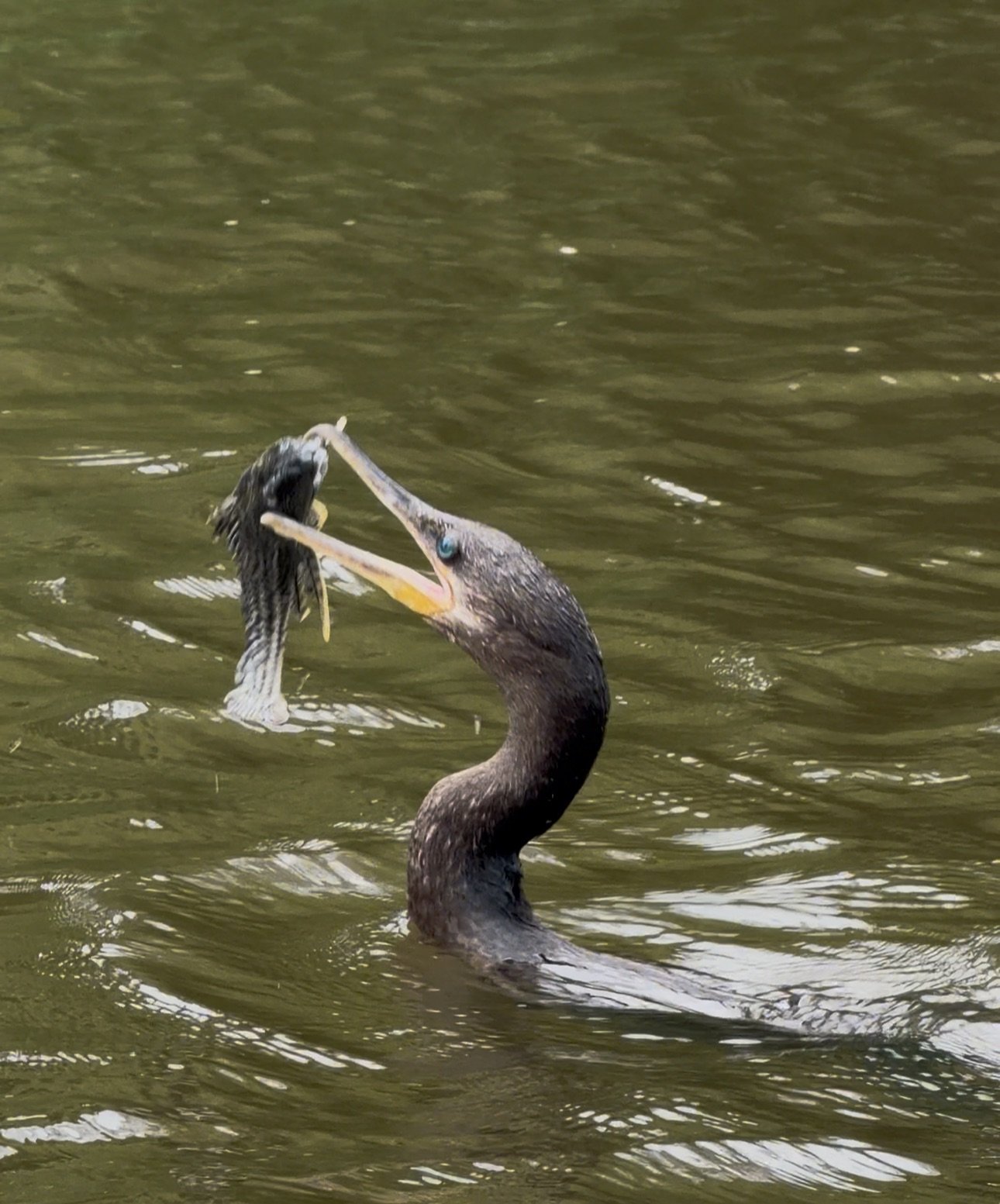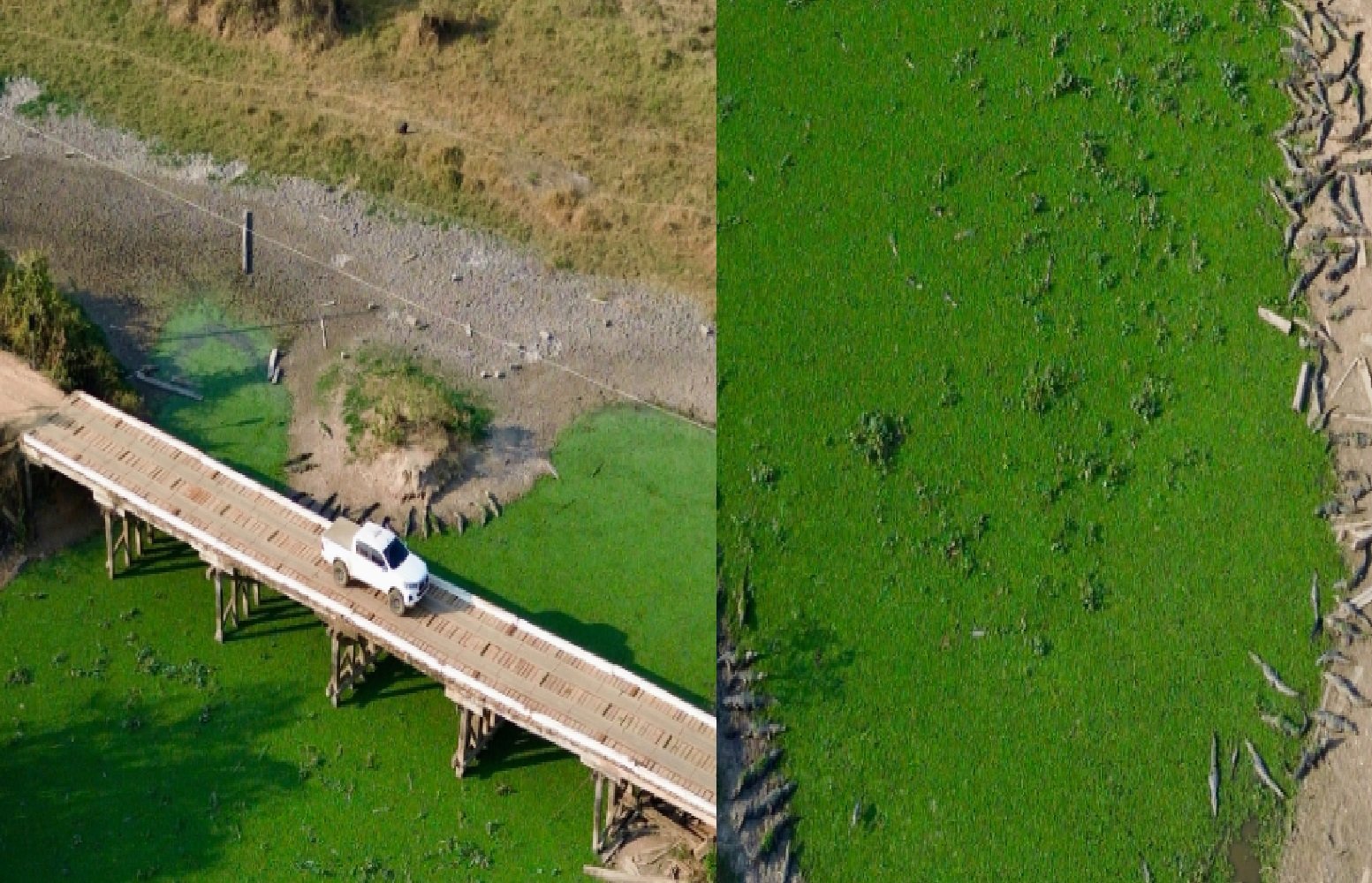On the morning of Monday, April 21, 2025, a tragic incident shocked residents and visitors of the Pantanal region in Mato Grosso do Sul, Brazil. Jorge Ávalo—affectionately known as “Jorginho”—a well-known riverside resident and caretaker at the Touro Morto fishing lodge in rural Aquidauana, went missing near the Miranda River, approximately 150 km from the town of Miranda.
According to reports, Jorge disappeared while performing his daily tasks near the riverbank. Sadly, it was later confirmed that he had been fatally attacked by a jaguar. The news reverberated across Brazil, sparking national mourning and renewed discussions on safety in areas where humans and wildlife coexist.
WHO WAS JORGINHO?
Jorge Ávalo was a well-known figure in the Southern Pantanal. A father of two, the 60-year-old caretaker lived in a shack on the riverbanks for more than two decades, surviving on fishing and selling honey.
Recently, he had taken on a job as caretaker at the Touro Morto lodge but never lost his deep connection to the riverine lifestyle.
A PREMONITION ON VIDEO?
Just days before the incident, a friend of Jorge shared a video (see sidebar) where he humorously mentioned the frequent presence of jaguars in the area.
In one of the recordings, Jorge described a moment of tension between jaguars near the lodge—close to where he usually slept. In hindsight, it seems like a tragic omen.
SOMETHING WAS WRONG
On the morning of April 21, 2025, clients, friends and relatives noticed his absence.
As usual, Jorge’s brother-in-law went to the fishing spot and also suspected what might have happened.

SEARCH AND DISCOVERY
Environmental Military Police teams, along with local guides and researchers, launched an intensive search using helicopters and drones.
Jorginho’s remains were found around 6 a.m. by his brother-in-law, known as “Magrão”, and two friends who resumed the search at dawn. In a voice message sent to family and friends, Magrão shared, “I found Jorge, see? Didn’t I tell you yesterday I’d find him? God guided me—I knew exactly where he would be.”
Parts of his body were discovered about 300 meters from the lodge. Shockingly, the jaguar was still nearby and reacted to the group’s presence by trying to drag remains back into the forest. Fortunately, the men managed to scare it away.
INVESTIGATION RASES NEW EVIDENCE
Authorities suspect the use of “ceva“—an illegal practice involving baiting wild animals with food. Though banned, this method is still secretly used in some areas.
However, his relatives deny this hypothesis, claiming that Jorginho would never do anything illegal. They believe the jaguar hunted him as it would any other animal.
Back in 2020, biologist Sérgio Barreto of the Instituto Homem Pantaneiro (IHP) warned about the dangers of baiting, in a video recorded in the same area where this attack occurred.
Recently, in WhatsApp groups, images from security cameras at the lodge showed that the jaguar had been roaming the area for weeks before the incident.
THE POWER OF JAGUARS
Jaguars (Panthera onca) are known not only for their stealth and adaptive hunting techniques but also for their tremendous strength. An adult jaguar can drag prey heavier than its own body weight. Their powerful jaws have earned them the nickname “skull crushers.” This reinforces the plausibility of the brutal nature of this tragic attack.
COEXISTENCE AND PREVENTION
Experts emphasize that fatal attacks on humans are extremely rare and generally occur when animals feel threatened. Coexistence between humans and jaguars must be grounded in respect. Even so, visits to areas with the presence of large felines should always be guided by experienced local professionals who understand the boundaries of wildlife.
The case of Jorginho highlights the risks of human presence in wild habitats (or rural areas) and the importance of responsible practices in tourism areas. This tragedy serves as a reminder of the need to reinforce environmental education, safety measures, and crackdowns on illegal practices, promoting safe coexistence between people and Pantanal wildlife.
The recommendation is to await the final forensic report.
Situations like this, when handled without solid information, can trigger extreme and harmful reactions, further endangering a species that already faces numerous threats — such as habitat destruction, roadkills, poaching, and wildfires.
🎥 LATEST UPDATE – JAGUAR REAPPEARS

A jaguar was spotted again at the Touro Morto lodge—the same place where Jorge was attacked earlier in the week.
The sighting took place on the night of Tuesday, April 22, raising concerns among locals.
Witnesses reported the animal had returned to the fish-cleaning area.
PRESS BRIEFING – APRIL 23, 2025
According to Semadesc (State Secretariat for Environment, Development, Science, Technology and Innovation), the initiative aims to capture the animal and transfer it to Campo Grande (MS). In the capital, the jaguar will undergo analysis at the Wild Animal Rehabilitation Center (CRAS) to determine the appropriate course of action.
Artur Falcette, executive secretary of Semadesc, noted that attacks of this nature are extremely uncommon in the region. “We are dealing with a very atypical case. This is not typical behavior for the species. Capturing the animal is essential to understand what triggered this behavior and to study its patterns more accurately,” he explained.
“One of the few certainties so far is that there was food placed to attract wildlife, a practice known as ‘ceva’. Not only is this an environmental crime, but it is also extremely dangerous, as it can alter animals’ natural behavior,” stated Colonel José Carlos Rodrigues, commander of the Environmental Military Police, during a press briefing.
Updates – 24/04/2025
A jaguar that was near the site was captured and is currently undergoing analysis. The animal is a 94-kilo male, and was captured around 4 am this Thursday (24), in the region where the attack on caretaker Jorge Ávalo, 60 years old, occurred, who was found dead on Monday morning (21), near the Touro Morto fishing spot, close to the Miranda and Aquidauana rivers, in the Pantanal.
A STATEMENT FROM OUR TEAM
After more than ten years documenting wildlife in both the Northern and Southern Pantanal, this is the first time our team has recorded such a fatal jaguar attack on a human. As a result, we are deeply saddened by the tragic loss of Jorginho and extend our sincere condolences to his family.
PORTAL PANTANAL OFICIAL






